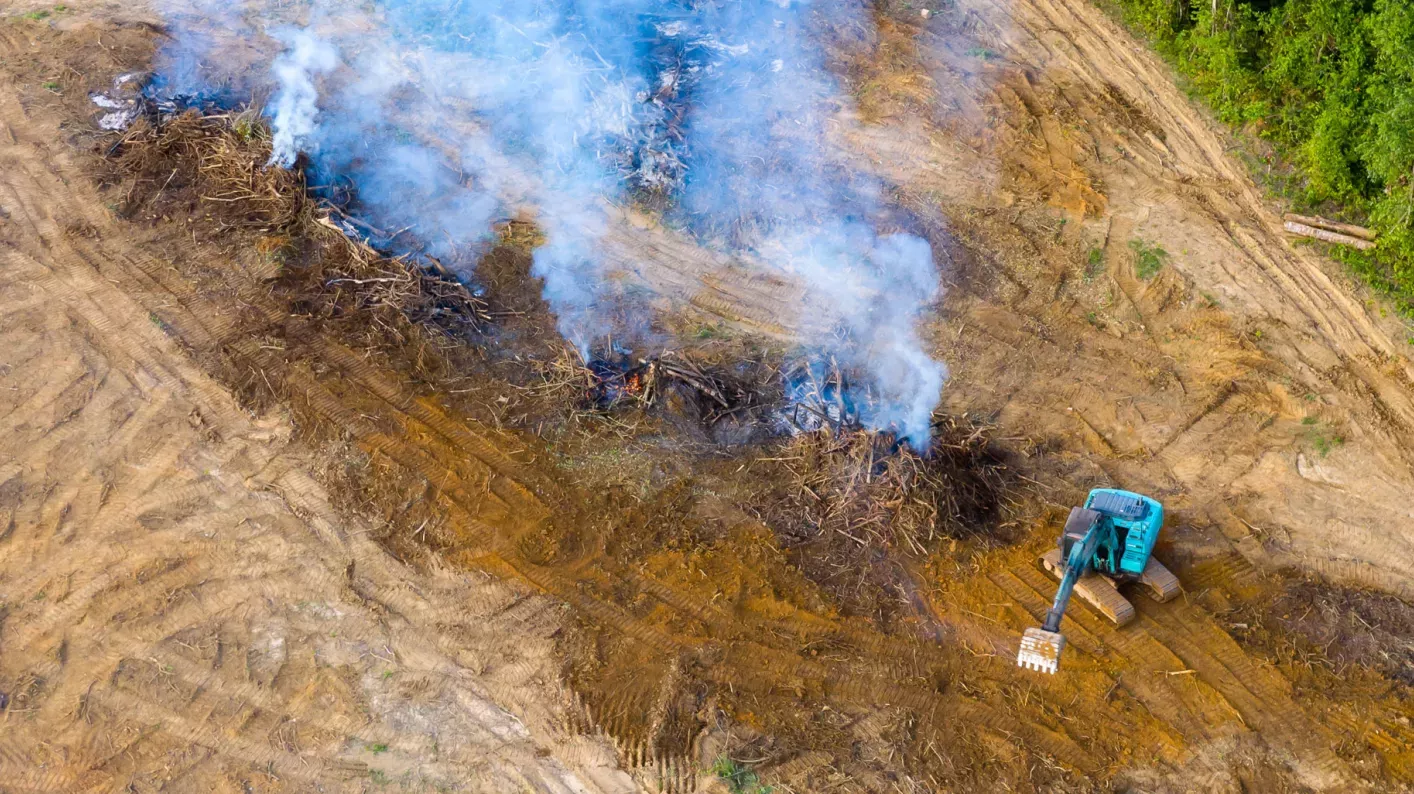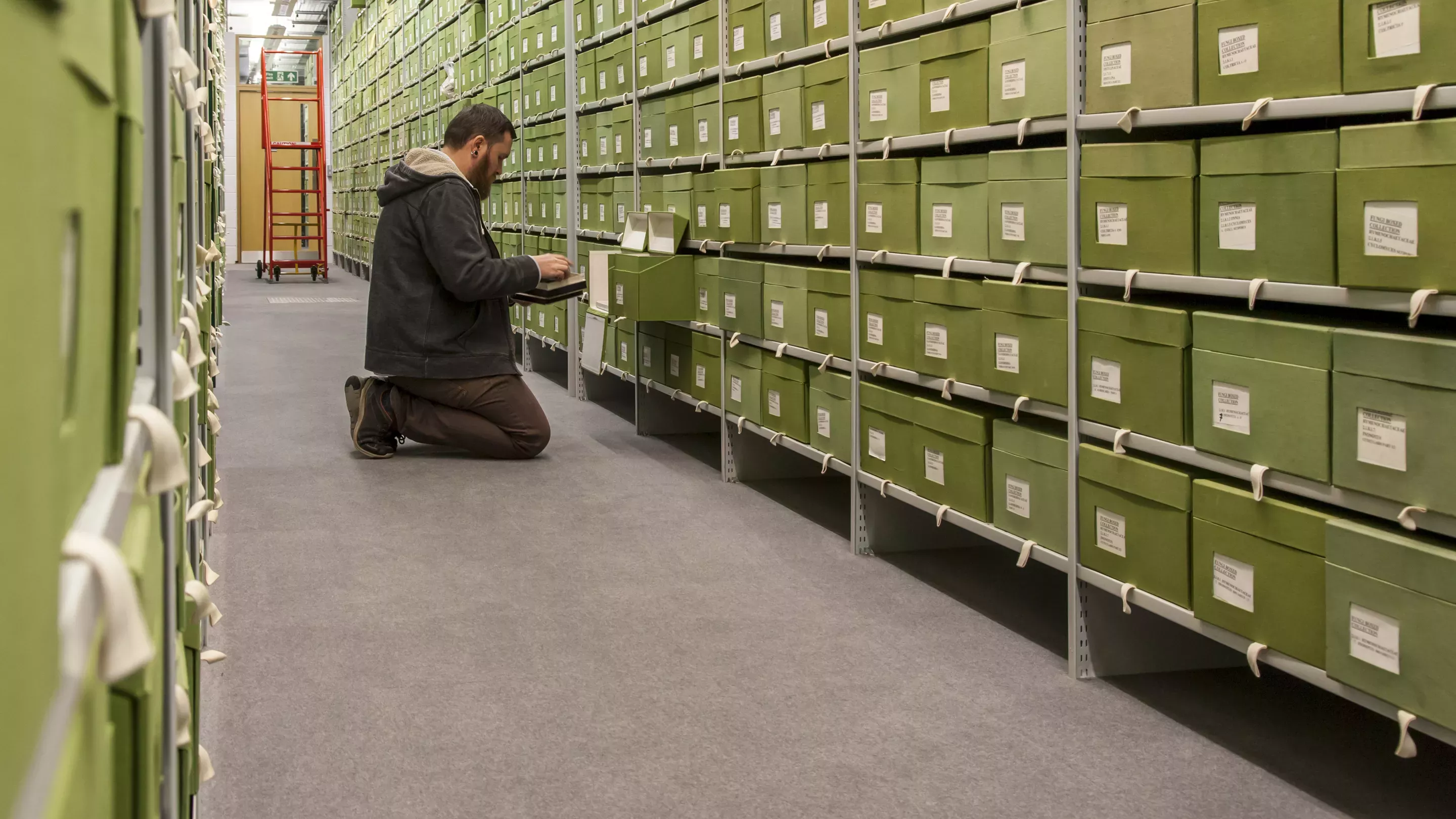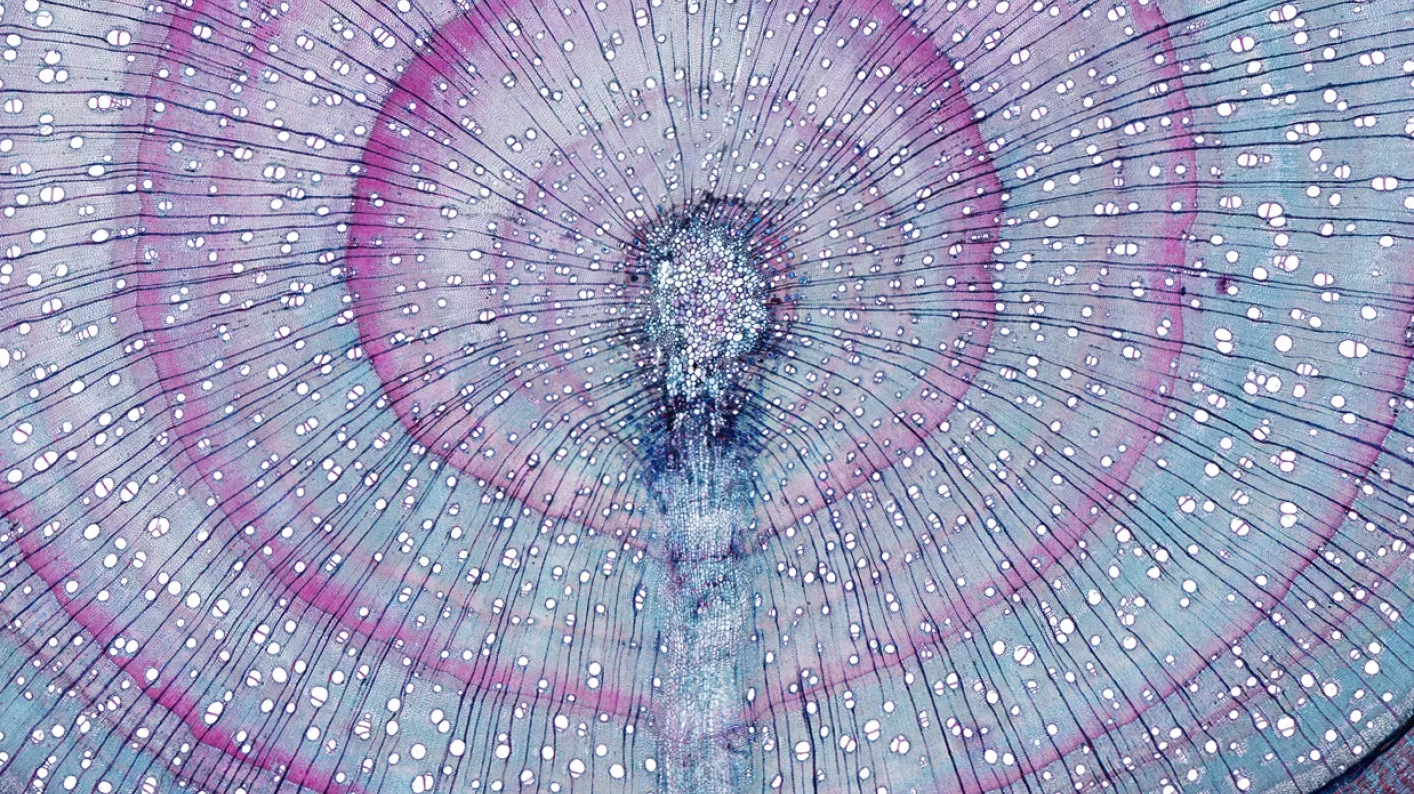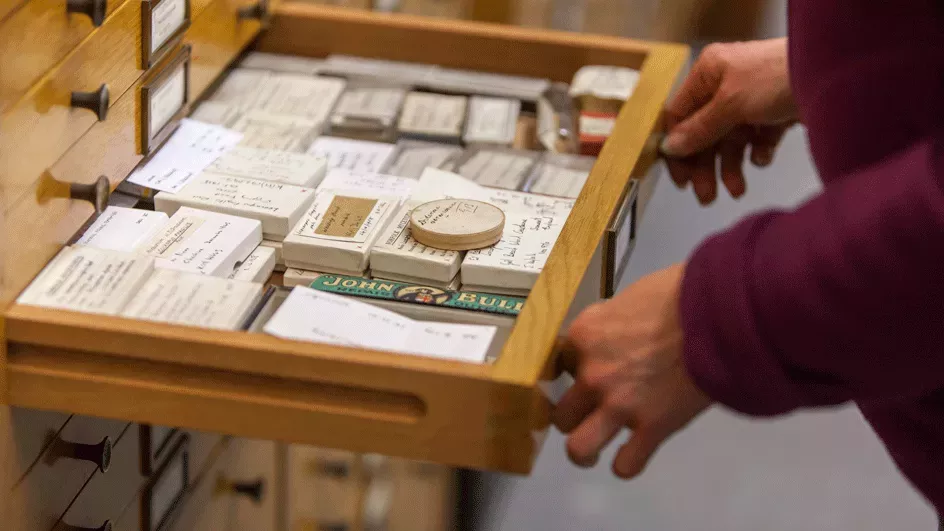
The Fungarium
Our Fungarium contains specimens from every part of the globe and reflects the importance of fungi as providers of food, medicines, enzymes and essential ecosystem services.

About this collection
Fungi underpin all life on earth and yet it’s estimated that over 95% of fungal species remain unknown.
Holding over 1.25 million dried specimens, Kew’s Fungarium collection is the largest, one of the oldest and most scientifically important, in the world.
There are samples of fungi from all seven continents, spanning the entire fungal tree of life and representing well over half of known global diversity.
Our fungal collections are particularly rich in type specimens: original material that is used to make clear links between the fungus as a living organism and the name applied to it.
The specimens in our Fungarium can help us to describe unknown species; understand the distribution of fungi and plant-fungus interactions; identify pathogens that could threaten crops; distinguish the spread and effect of invasive species; and analyse the impact of climate change. We can also extract DNA from specimens to find useful traits or to discover new medicines.
The Fungarium was founded in 1879 with the donation of Rev Miles J Berkeley’s personal collection of around 30,000 specimens (including 6,000 type specimens).
Numerous other bequests and donations over the years have greatly enhanced the collection, alongside many specimens collected by Kew staff from all corners of the globe.
In 2007, the International Mycological Institute (IMI) fungarium (owned by CAB International) was housed alongside the Kew collection, adding very substantially to our overall holdings.

What’s in the Fungarium collection?
Our oldest specimens date back to the early 18th century, and we have a rich collection of historically significant material, including fungi collected by John Ray, Charles Darwin and Alexander von Humboldt.
The Fungarium holds an estimated 380,000 specimens from the UK, which are designated as the British National Collection of fungi. Collections from other parts of the world focus especially on historically significant collectors from the 19th century.
Reflecting the research interests of our mycologists over the years, the Fungarium contains particularly important collections of dried mushrooms, and the IMI samples are especially significant for tropical plant pathogens.
Almost a third of the Kew collection has been databased and is available online, including all incoming specimens since 1997, with and basic data are available for the entire IMI collection.

Using the Fungarium
We welcome scientific, arts, and humanities research visitors to the Fungarium.*
All visits must be pre-booked, providing at least 14 days’ notice.
Book a research visit to Kew's Fungarium
*Please note, the Fungarium collection is only open to the public during special events such as open days.
Digitising the Fungarium
Our Fungarium holds vast quantities of data still to be unlocked. That’s why we’re embarking on a large-scale project to digitise the collection and make the data freely available online to anyone, anywhere.
Digitisation and digital innovation will allow virtual repatriation of images and data to countries of origin, while helping scientists around the world conserve fungi and find solutions to some of the most critical challenges facing humanity.
Discover more


Science Collections Strategy
For the first time in Kew’s history, there is a formal strategy to set out a framework for managing, developing and providing greater access to the Science Collections over the next decade.
Read our Collections Strategy